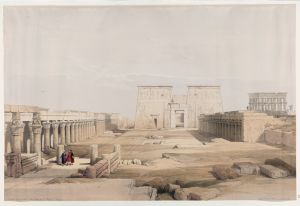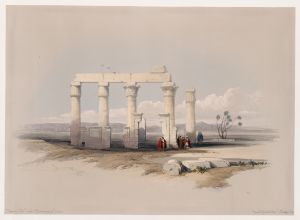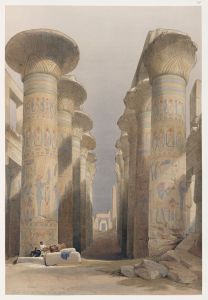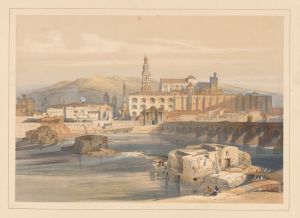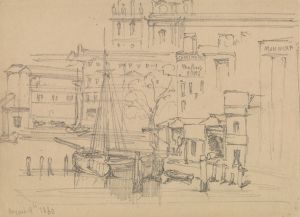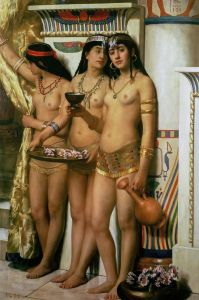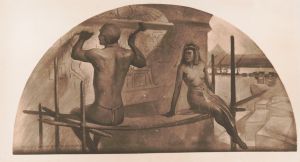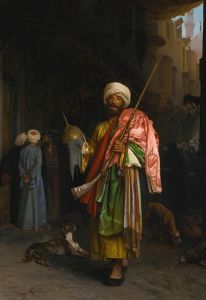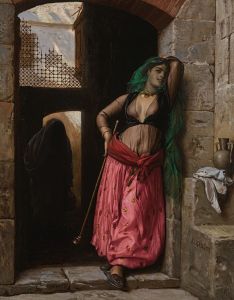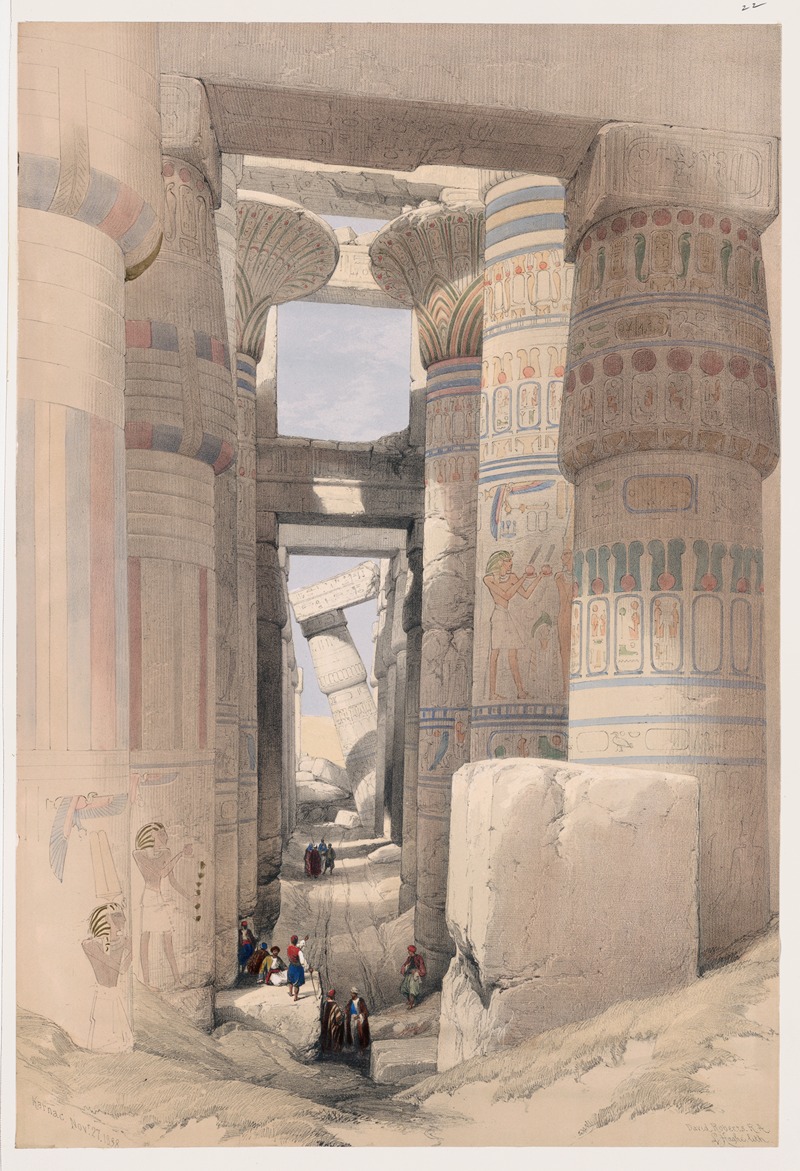
Karnac [Karnak]. Nov. 27, 1838.
A hand-painted replica of David Roberts’s masterpiece Karnac [Karnak]. Nov. 27, 1838., meticulously crafted by professional artists to capture the true essence of the original. Each piece is created with museum-quality canvas and rare mineral pigments, carefully painted by experienced artists with delicate brushstrokes and rich, layered colors to perfectly recreate the texture of the original artwork. Unlike machine-printed reproductions, this hand-painted version brings the painting to life, infused with the artist’s emotions and skill in every stroke. Whether for personal collection or home decoration, it instantly elevates the artistic atmosphere of any space.
David Roberts' painting "Karnac [Karnak]. Nov. 27, 1838" is a notable work that captures the grandeur of the Karnak Temple Complex, one of the most significant archaeological sites in Egypt. Roberts, a Scottish painter, is renowned for his detailed and accurate depictions of architectural and historical sites, particularly those in the Middle East and North Africa. His works are celebrated for their precision and artistic quality, providing a valuable visual record of 19th-century views of these ancient sites.
The Karnak Temple Complex, located near Luxor (ancient Thebes), is one of the largest religious complexes in the world. It was primarily dedicated to the Theban triad of Amun, Mut, and Khonsu. The site was developed over many centuries, with contributions from numerous pharaohs, making it a palimpsest of ancient Egyptian history and architecture. The complex is known for its massive columns, towering pylons, and intricate hieroglyphic inscriptions.
Roberts visited Egypt as part of his extensive travels in the Middle East from 1838 to 1839. During this journey, he produced a series of sketches and studies that would later be transformed into lithographs and paintings. These works were published in the six-volume series "The Holy Land, Syria, Idumea, Arabia, Egypt, and Nubia," which gained widespread acclaim for their artistic and documentary value.
"Karnac [Karnak]. Nov. 27, 1838" is one of the pieces that emerged from Roberts' time in Egypt. The painting captures the majestic ruins of the Karnak Temple, highlighting the scale and intricacy of the ancient structures. Roberts' attention to detail is evident in the depiction of the columns and hieroglyphs, which are rendered with a high degree of accuracy. His use of light and shadow adds depth to the scene, emphasizing the grandeur and timelessness of the temple.
Roberts' work is significant not only for its artistic merit but also for its contribution to the Western understanding of Egyptian antiquities during the 19th century. At a time when travel to such regions was limited to a few, his paintings and lithographs provided a window into the ancient world, sparking interest and fascination among European audiences. His works were instrumental in the popularization of Egyptology and the appreciation of ancient Egyptian culture and architecture.
The painting "Karnac [Karnak]. Nov. 27, 1838" is part of a larger body of work that has been preserved in various collections, including museums and private holdings. Roberts' legacy as an artist is closely tied to his ability to capture the essence of the places he visited, providing a lasting visual record that continues to be studied and admired today.
In summary, David Roberts' painting of the Karnak Temple is a testament to his skill as an artist and his role in documenting the ancient world. His works remain a valuable resource for historians and art enthusiasts alike, offering insights into the architectural splendor of ancient Egypt as seen through the eyes of a 19th-century traveler.





![Great gateway leading to the Temple of Karnac [Karnak], Thebes. [Title vignette, vol. 2]](/imgs/217399/s/david-roberts-great-gateway-leading-to-the-temple-of-karnac-karnak-thebes-title-vignette-vol-2-29844773.jpg)
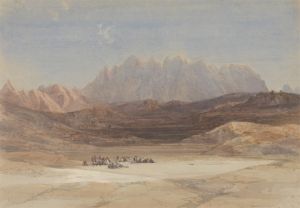
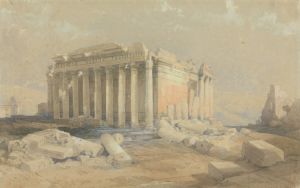
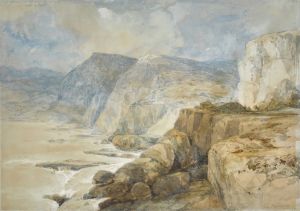
![Gate of Victory [Bab an-Nasr], and Mosque of El Hakim.](/imgs/217487/s/david-roberts-gate-of-victory-bab-annasr-and-mosque-of-el-hakim-b179ecfb.jpg)
